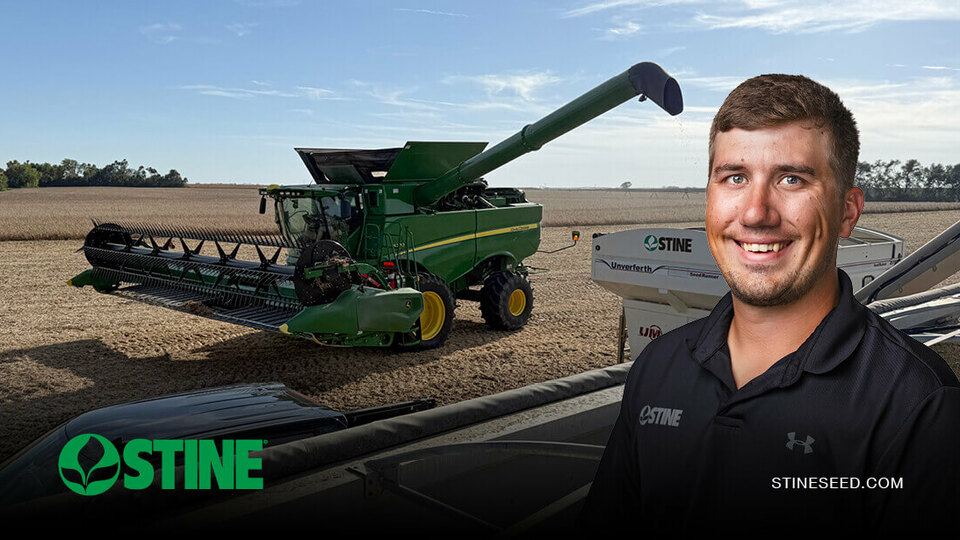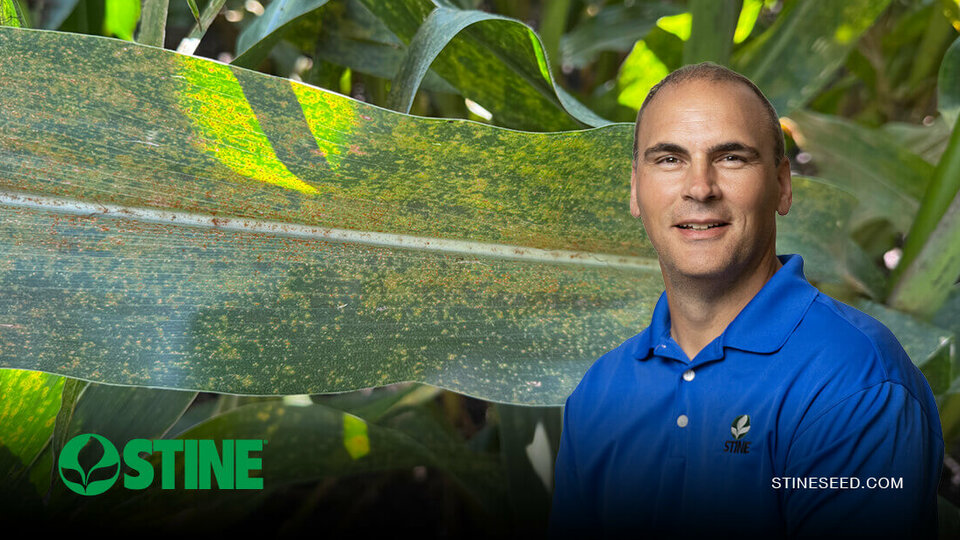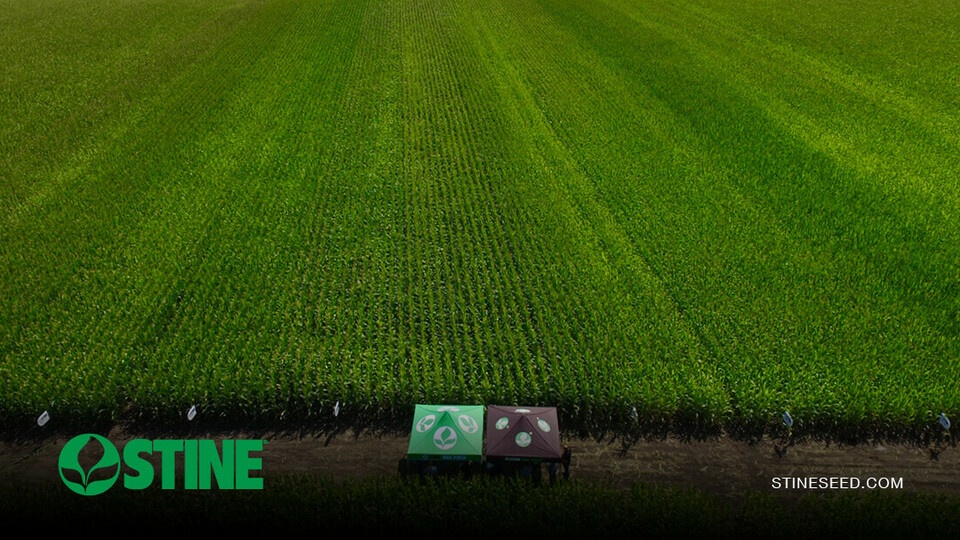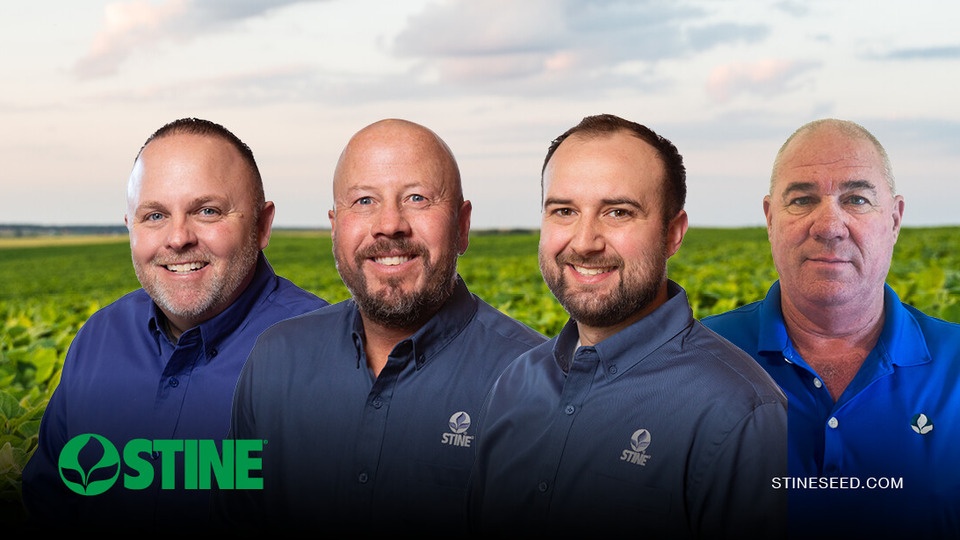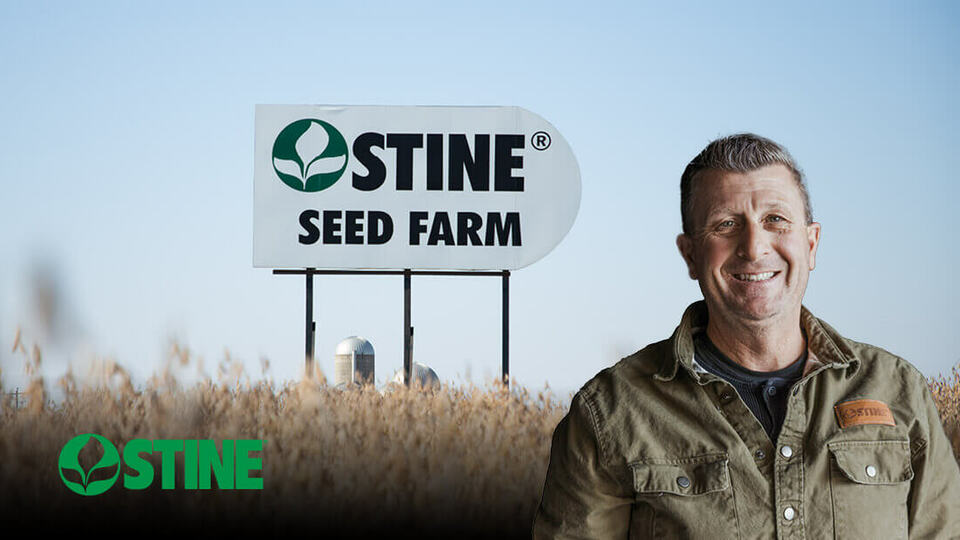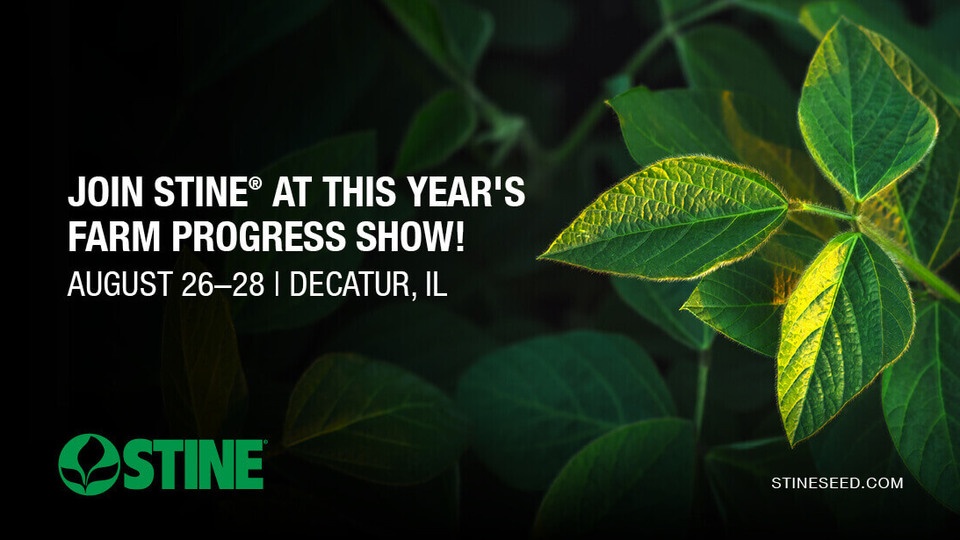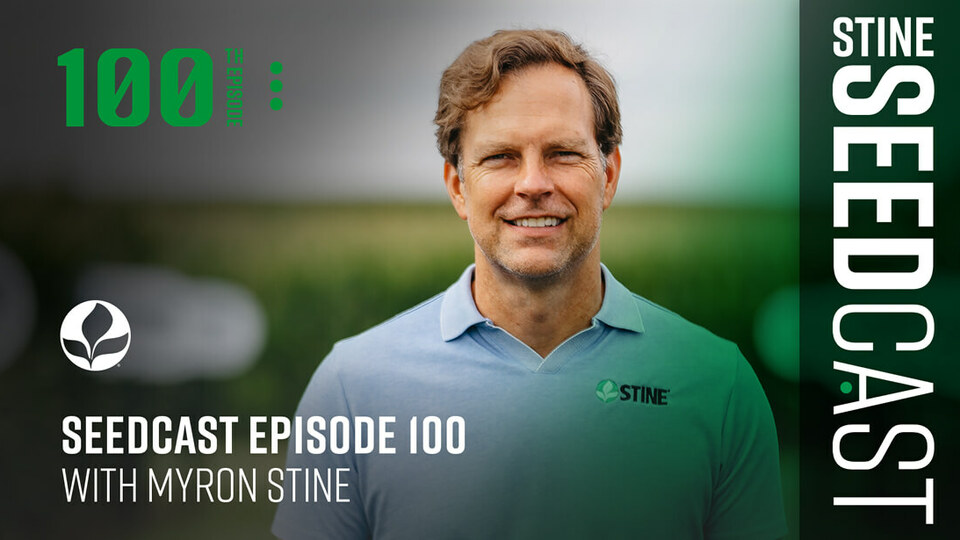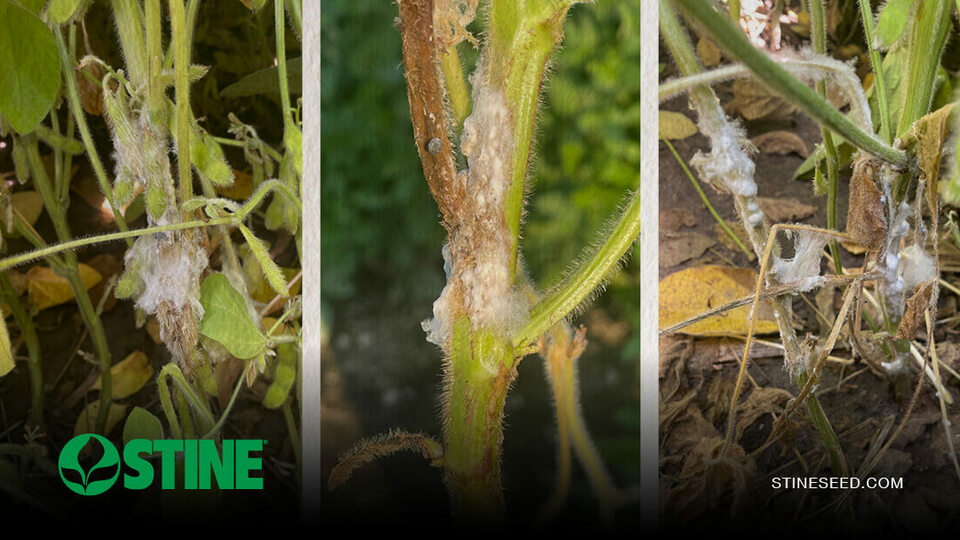Stine Seed Blog
Stine’s Ask the Agronomist blog is your source to the latest information from our expert team, including advice and insight on field practices, product recommendations, planting and harvest updates, new technologies, crop management, innovative research and information about how to keep your farm operation running smoothly year round.
-

Proven performance in the field: Strong soybean yields across Nebraska
October 2025 in Agronomy
-

What to know about southern rust in corn
October 2025 in Agronomy
-

Strong yields, strong confidence: What this year’s PDP corn trends mean for you
October 2025 in Agronomy
-

Stine® retail development group expands
September 2025 in General
-

A closer look at harvest on the Stine® Seed Farm
September 2025 in Agronomy
-

Be on alert for red crown rot this fall
September 2025 in Agronomy
-

Exclusive Stine® Enlist E3® products
September 2025 in Agronomy
-

Stine® Seed Company to market new soybean trait technology
August 2025 in General
-

Visit us at the 2025 Farm Progress Show
August 2025 in General
-

Celebrating 100 episodes of the “Stine Seedcast”
August 2025 in General
-

Introducing Stine® Premier Pay: An early-season discount designed for savings
August 2025 in General
-

Moisture is making this season a hotbed for white mold
July 2025 in Agronomy

